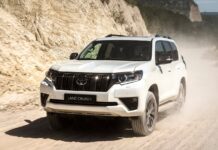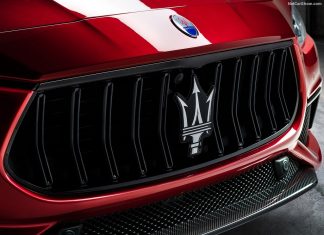Jordanian Auto Market in 2025 is slumping. H1 figures fell 11.9%, with Kia in 2nd reporting major losses. Lexus an Isuzu bucked the trend, climbing several spots up the rankings.
Economic Environment
Jordan’s economy is projected to grow by 2.4% in 2025 and 2.5% in 2026, marking a modest recovery underpinned by improved regional stability and gradual gains in tourism and investment. Inflation is expected to remain contained at 2.2%, supported by tight monetary policy and stable import prices. The fiscal deficit is projected to narrow slightly to 5.4% of GDP, helped by revenue-enhancing measures and controlled spending, though debt levels will remain elevated due to ongoing pressures in the utility sector.
The current account deficit is forecast to ease to 5.1% of GDP in 2025, with tourism receipts and remittances expected to offset weaker exports. Despite these stabilizing trends, growth remains too slow to significantly reduce unemployment, which has stayed above 20% since 2020. Labor force participation has slightly improved but remains low, especially among women. Structural challenges, including limited natural resources and regional volatility, continue to constrain Jordan’s growth potential. Long-term resilience will depend on improving productivity, fostering private sector job creation, and investing in green infrastructure to address chronic water and energy insecurity.
Automotive Industry Trend and Outlook
After opening the year with double-digit growth, Jordan’s vehicle sales started to fall. H1 figures in 2025 fell by 11.9% after turning negative mid Q2.
Brand-wise, the leader was Toyota, despite falling 3.7%. Kia ranked 2nd, down 39.4% while Hyundai gained 8.6% and 1 spot.
Lexus and Isuzu made notable gains further down the rankings, up 5 and 4 spots respectively.
Looking at specific models the Toyota Land Cruiser became the best-seller, with a 60.5% year-on-year increase in sales, followed by the Toyota Land Cruiser P/U down 32.9%.
EV Trend and Outlook
Jordan’s EV market is contracting, losing 27.4% to in H1 of 2025. Despite previously implementing a system of taxes and incentives, the market now suffers from broader economic downturn.
Lexus and Geely dominated the EV segment with a share of 37.7% and 18.6% respectively.
Medium-Term Market Trend
Jordan’s automotive industry saw strong growth in the early 2000s, peaking in 2014 with a record 68,810 vehicles sold. Sales declined sharply in the following years, falling by 11.1% in 2015 and 28.5% in 2016, and bottoming out in 2020, amid the COVID-19 pandemic, with just 27,680 units sold, less than half the 2014 peak.
The market showed only modest recovery in 2021, growing by 2%, but rebounded strongly in 2022 with a 21.5% increase, reaching 34,406 units, the highest level in five years. Looking ahead, the outlook remains uncertain due to a challenging economic environment and regional instability in the Levant.
EVs however, are gaining traction faster than in neighboring countries, supported by favorable government policies and accounting for approximately 15% of total sales in 2024.
Despite this progress, EV growth remains constrained by structural challenges, supply chain disruptions, and infrastructure gaps.
Tables with sales figures
In the tables below we report sales for top 10 Models.











